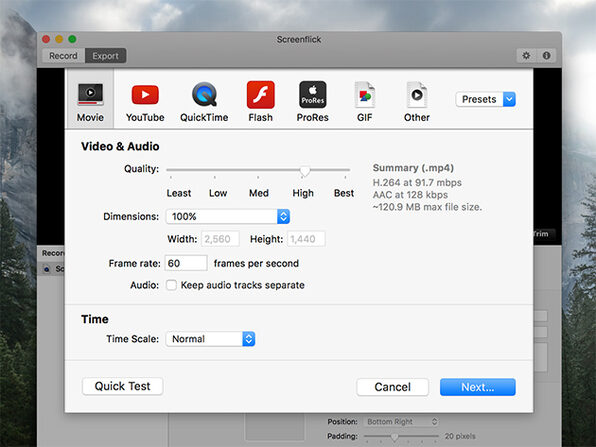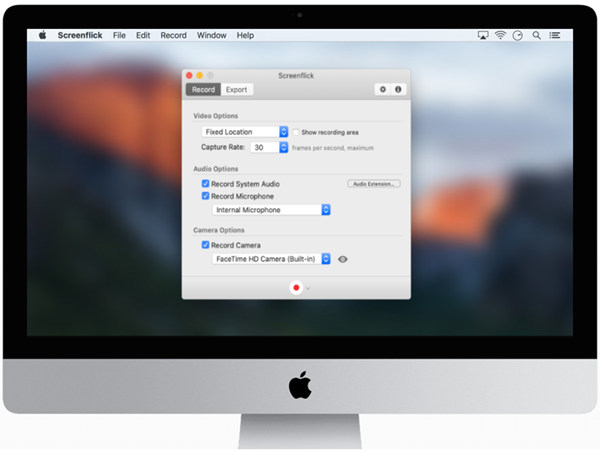

Note: After changing this setting, you will not hear any audio coming from Discord UNTIL you start a recording in Screenflick.

The key is that reducing the Capture Rate will keep the recording very small and use less energy during the recording itself, saving battery and performance for the other applications which are running. In Discord Voice & Video, select 'Screenflick Loopback' as the Output device.
SCREENFLICK LOOPBACK MOVIE
In this example, the Capture Rate could be reduced to its minimum of 1 fps, and then when the final movie is sped up by 30x, the recording will still be very smooth. Select 'Record Fullscreen After' Select 'Screen Resolution Changes' from the popup and click OK Go into fullscreen in the game. 3) Go through the Installation Process Run through the installation process as normal. and under output selecting your usual output source (deselecting screenflick loopback). 2) Run the Installer Click on the 'Install' button in the sheet next to the Screenflick Loopback extension. The Screenflick camera capture has the best sync with audio. Screenflick features high-performance screen capturing for smooth, fluid motion up to 60 fps. Normally, video is recorded at 30 frames per second, but if the final movie will be sped up by 20x and still have a final frame rate of 30 fps, then most of those frames will simply be thrown away because they're not needed. Click on the pulldown menu next to the recording button at the bottom of the main window. Installing Screenflick Loopback 1) Open Screenflick Inside Screenflick, click on the 'Audio Extension' button next to 'Record System Audio'. Knowing that amount of speed-up, you can then reduce the recording Capture Rate in Screenflick's recording settings. For example, if you the recording will be about an hour long, and you want it to take about 3 minutes to playback, that's a 20x speedup. The key to maximizing the efficiency of Screenflick for time lapse recordings is to first consider how long might the recording might be, and how long you might want it to be when played back.


 0 kommentar(er)
0 kommentar(er)
